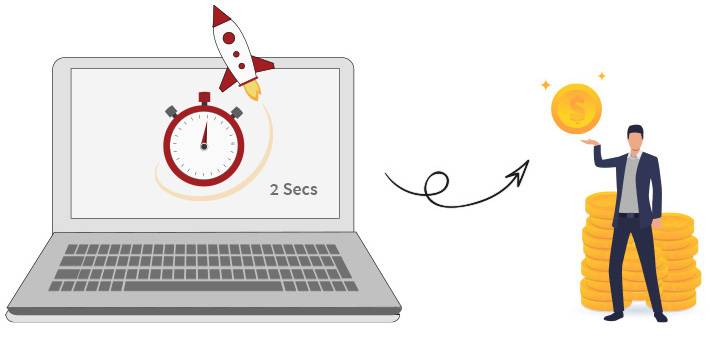
Optimizing website speed can be a complex task due to various challenges that website owners and developers may encounter. Some common challenges in optimizing website speed include:
1. Large File Sizes: Websites with numerous high-resolution images, videos, or bulky files can significantly slow down page load times. Compressing and optimizing these files without compromising quality can be a challenge.
2. Poor Code Structure: Inefficient coding practices, such as excessive use of JavaScript, CSS, or HTML, can lead to longer parsing and rendering times. Cleaning up and optimizing the codebase can be time-consuming and require technical expertise.
3. Server Response Time: Slow server response times can negatively impact website speed. This issue may arise due to shared hosting environments, limited server resources, or inefficient server configurations. Upgrading to a faster hosting provider or optimizing server settings may be necessary.
4. Lack of Browser Caching: When browser caching is not properly implemented, visitors must download all website resources each time they visit a page, leading to slower load times. Configuring caching headers and utilizing caching mechanisms can help mitigate this challenge.
5. Third-Party Scripts and Plugins: Integrating numerous third-party scripts, plugins, or widgets can introduce additional HTTP requests and increase page load times. Careful evaluation and optimization of these scripts are required to minimize their impact on website speed.
6. Mobile Optimization: Websites that are not fully optimized for mobile devices may experience slower load times on smartphones and tablets. Responsive design, image optimization, and minimizing unnecessary elements on mobile versions of the site are essential for improving mobile performance.
7. Network Latency: Geographic distance between the server and the user can introduce network latency, resulting in slower load times. Utilizing content delivery networks (CDNs) and server locations strategically can help overcome this challenge.
8. Lack of Regular Performance Monitoring: Without ongoing performance monitoring, issues affecting website speed may go unnoticed. Regularly monitoring and analyzing website performance using tools like Google PageSpeed Insights or GTmetrix can help identify and address potential bottlenecks.
9. Continuous Optimization Efforts: Website speed optimization is not a one-time task. As websites evolve and new content and functionalities are added, ongoing optimization efforts are required to maintain fast load times. This can involve periodic audits, code reviews, and performance testing.
10. Balancing Speed and Functionality: Striking a balance between website speed and desired functionality can be challenging. Implementing certain features or functionalities may introduce additional complexity and potentially impact load times. It's crucial to prioritize speed while ensuring essential functionalities are not compromised.
Addressing these challenges requires a combination of technical expertise, careful optimization strategies, and a thorough understanding of the website's specific requirements. Regular monitoring, testing, and continuous improvement efforts are key to maintaining optimal website speed.





